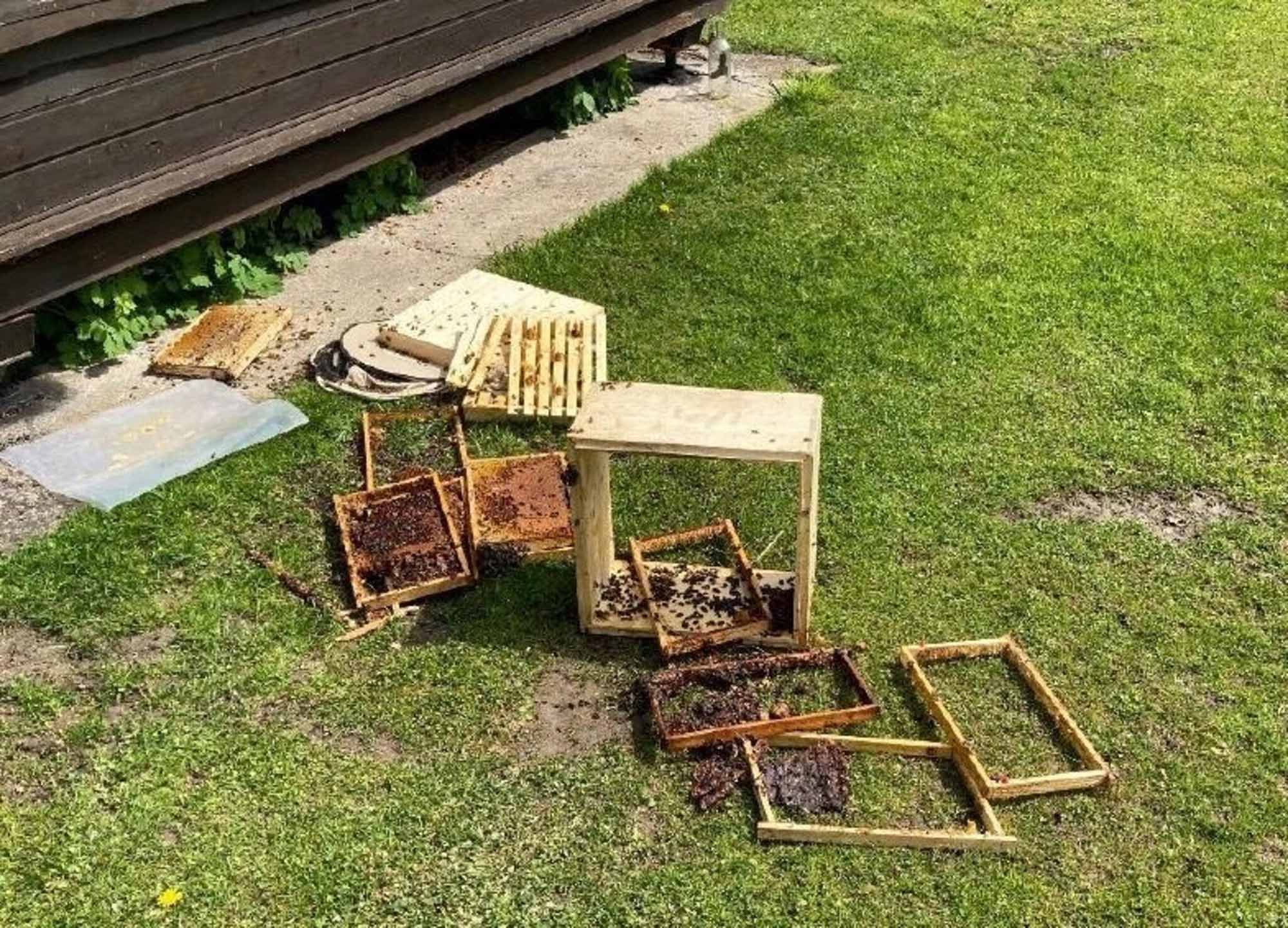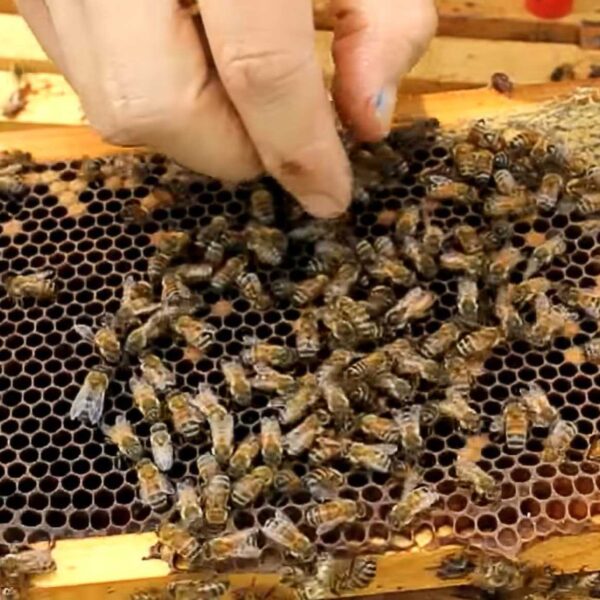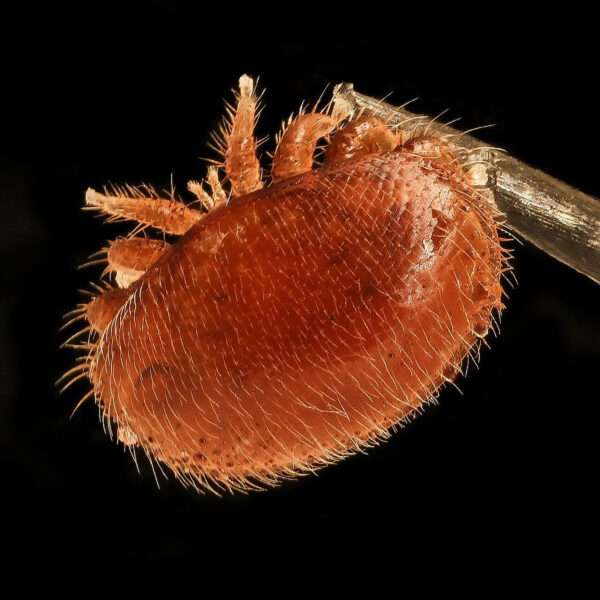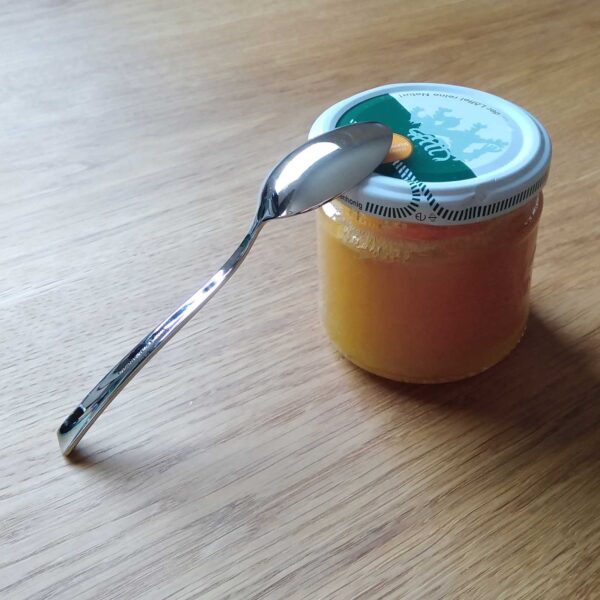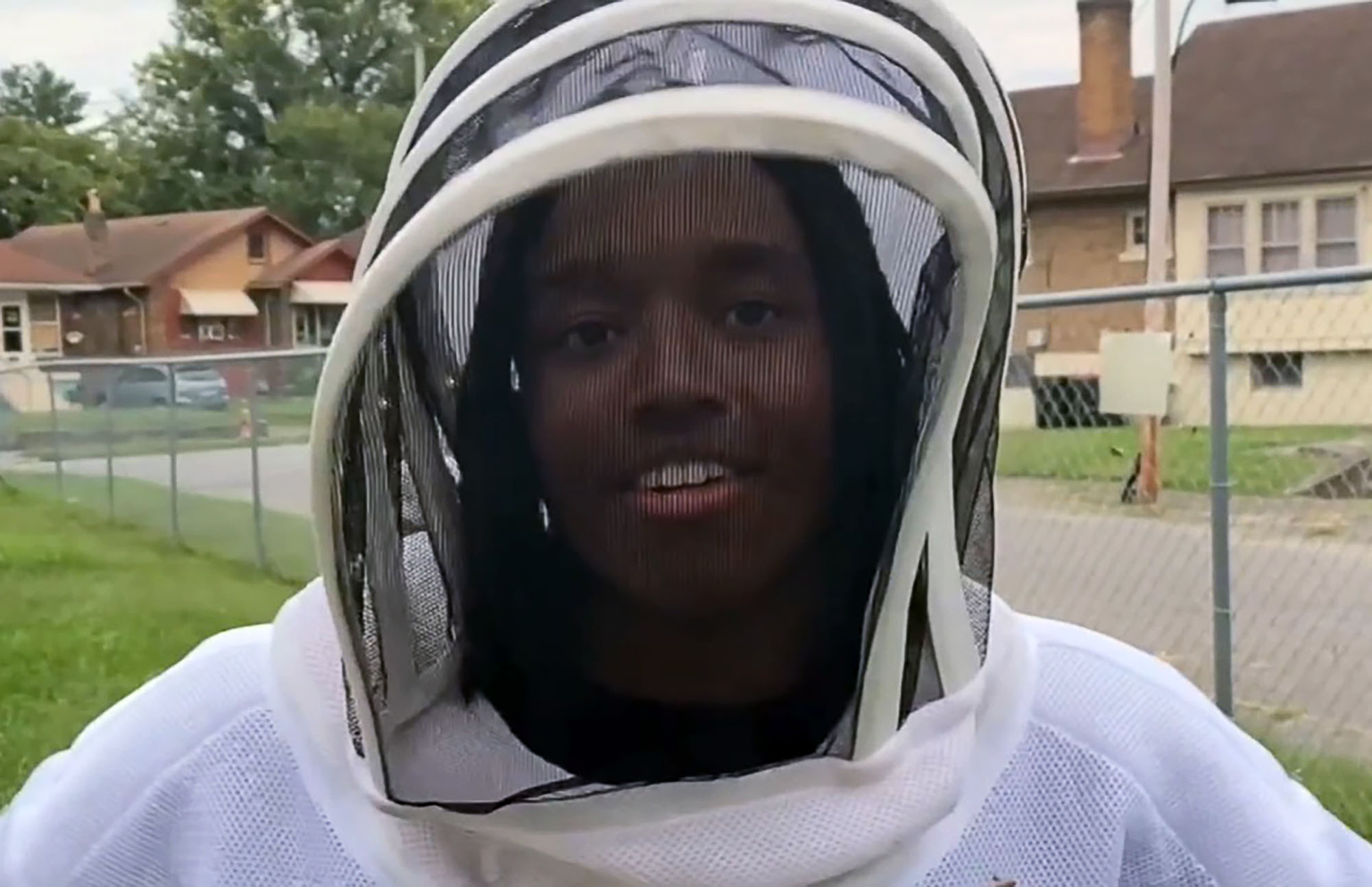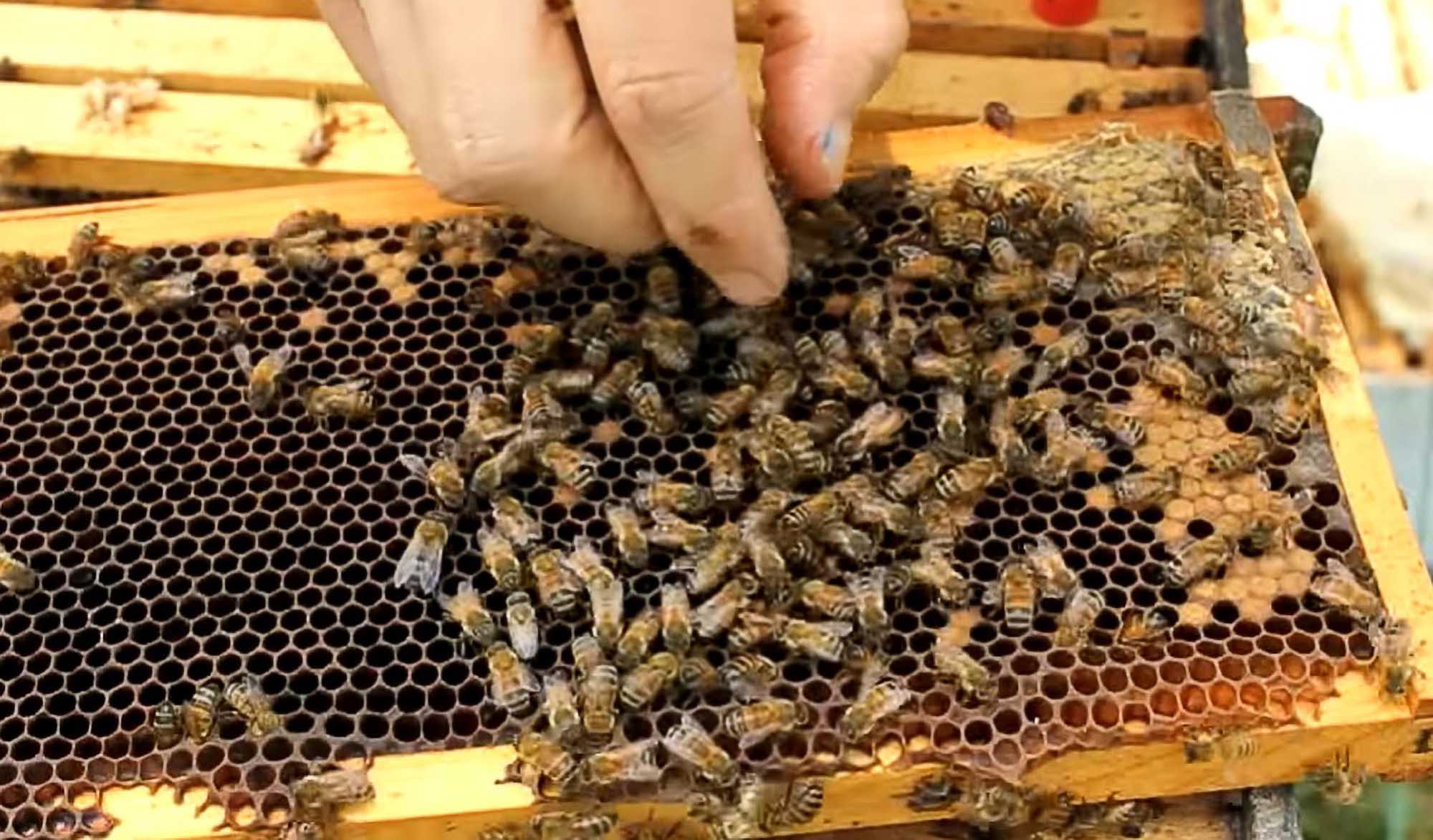Honeybees may act more prudent than bumblebees on their forages, a scientist has said.
Experts at the Department of Agriculture (USDA) in the US State of Wisconsin recently presented the results of a study showing that honeybees are more likely to come back to the same plot of flowers than bumblebees.
The researchers found that fewer than one in two eastern bumblebees returned to a patch of alfalfa flowers to gather pollen and nectar. At the same time, nearly eight in 10 domesticated honeybees were found to act this way.
USDA expert Johanne Brunet has now analysed the results of the study. She said: “So higher patch fidelity of honeybees, relative to bumblebees, may reflect a greater aversion to risk, be it in terms of wasting energy and resources or encountering predators.”
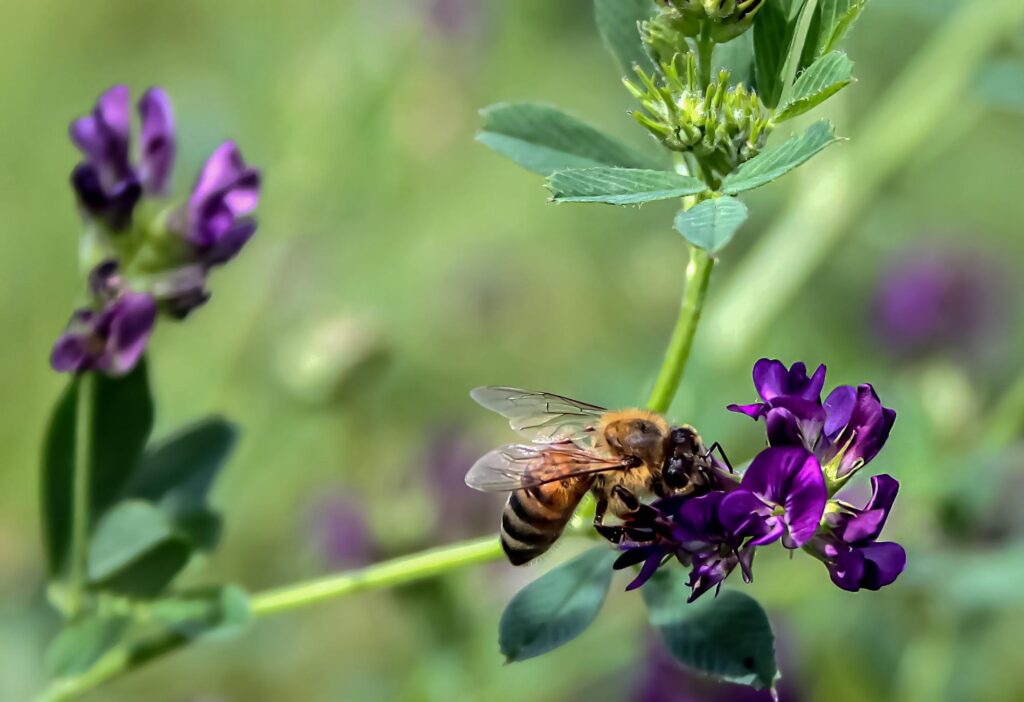
The ecologist emphasised that a higher understanding of the insects’ behaviour will enable conservationists and farmers to provide better circumstances for them which will eventually ensure a more satisfying pollination of crops.
Dr Brunet added that pollination patterns could also have an effect on the way gene pools of two different populations of the same species mix.
The former University of Wisconsin-Madison lecturer said: “Bumblebees’ lower patch fidelity can translate into higher gene flow among the patches they visit, creating a higher probability for bumblebees to move genes longer distances.
“Higher gene flow in plant populations in the natural environment will also tend to homogenise their genetic diversity.”
Honeybees and bumblebees are social insects. They take a key role in the environment due to their engaged pollination activities. An estimated 20,000 bee species exist around the world. More than 250 of them are different types of bumblebees.


